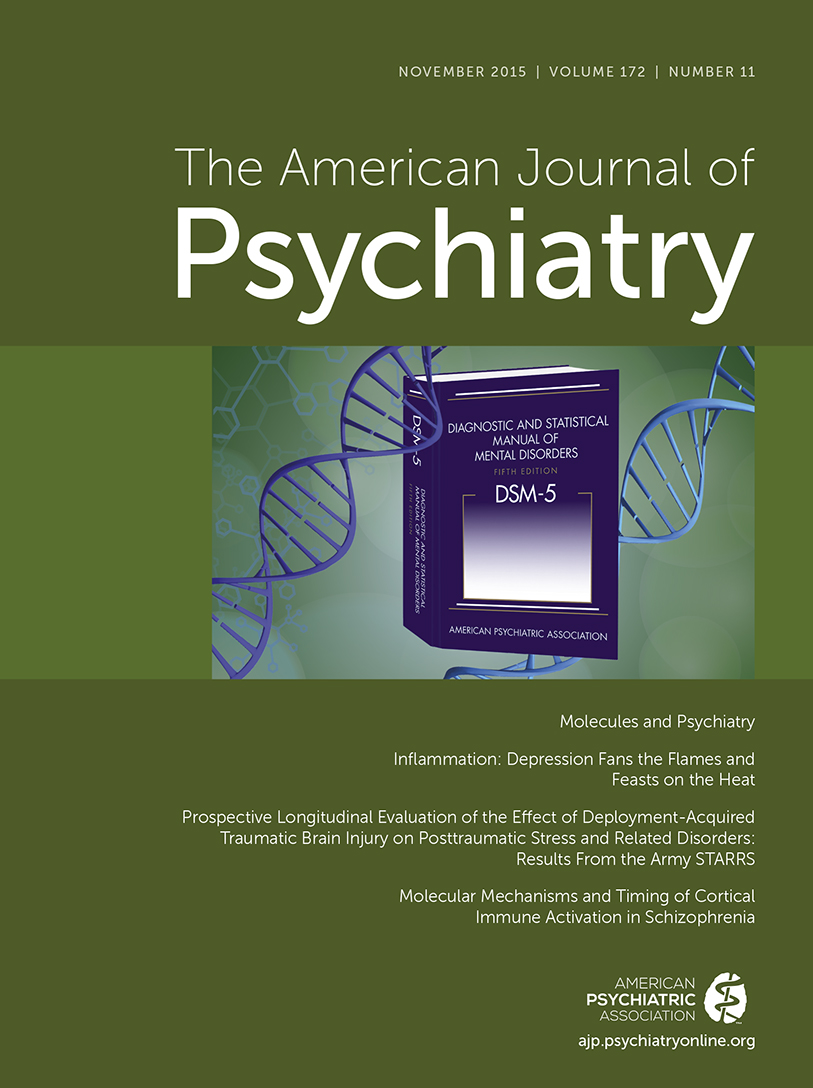Richard Dadd and the Fairy Feller’s Master-Stroke

Richard Dadd (1817–1886), the son of a carver and bronze worker, showed artistic talent at an early age and was admitted to the Royal Academy of Art at the age of 20. There he won three bronze medals for draftsmanship and showed an interest in Shakespeare, which manifested itself in his paintings. In 1842, Dadd was invited to accompany an expedition to the Middle East as draftsman. Toward the end of an exhausting tour, in Egypt Dadd underwent a major personality change, becoming violent toward his patron and expressing the belief that Osiris had commanded him to destroy the devil. Upon his return home, Dadd’s family took him away to recover, but in August of 1843, Dadd fatally stabbed his father, who he believed to be the devil. After attempting an escape to France and trying to kill another individual en route, Dadd was committed to the Bethlem psychiatric hospital, where he spent the next 21 years, before being transferred to Broadmoor, where he died in 1886. Three of Dadd’s six siblings were treated for mental illness, with his brother George being hospitalized at Bethlem in 1843 and dying there in 1868 (1). The brothers had little, if any, contact with each other during these years.
Dadd’s physicians did much to encourage his painting. The Fairy Feller’s Master-Stroke is the most famous of his works and portrays the woodsman Fairy Feller in the act of splitting a chestnut, from which Queen Mab’s fairy carriage would be constructed. Among the recognizable characters in the painting are Queen Mab, Oberon, Titania, Dadd’s father, and the Patriarch/Pope (2). The theme of the painting was suggested by G.H. Haydon, Steward of Bethlem, and it remained unfinished at the end of 9 years. Accompanying the work was a long and rambling poem (January 1865) titled Elimination of a Picture and Its Subject, in which the artist essentially disavowed any meaning to the work, despite its symbolism and detail. In Elimination, Dadd enjoins viewers to draw their own conclusions, ending as follows: “You can afford to let this go; For nought is nothing it explains; And nothing from nothing gains.”
The subsequent provenance and impact of the Fairy Feller’s Master-Stroke is of interest to psychiatry. The picture found its way into the hands of a wealthy art collector, whose granddaughter married Siegfried Sassoon, a poet who served in World War 1 and was hospitalized for shell shock. During service in the trenches, Sassoon became friendly with three of Dadd’s great-nephews, two of whom were killed in battle, while the third, Julian Dadd, survived with grave injury, experienced mental breakdown, and later died by suicide in 1937. Sassoon was given the painting as a wedding gift, which he bequeathed in 1963 to the Tate Gallery in memory of the three Dadd officers and their sacrifice. The appearance of Dadd’s painting in a well-known art gallery brought his art and life story to public attention, with the result that Dadd became something of a symbol to the antipsychiatry movement of the 1960s—a time when deinstitutionalization was the fashion and the Victorian asylum system was becoming discredited (3). His artistic accomplishments in this environment were seen as a triumph over adversity. He was featured in Oz, a counter-culture magazine, and in 1974 Freddy Mercury wrote a song that took its title from the painting, using lyrics from Elimination of a Picture and Its Subject, and the song was performed by the rock group Queen. Other writers and playwrights have recognized Dadd in their work. Even if the meaning of his works can be elusive, Dadd’s work testifies to the care and support of his doctors in the shelter of the asylum, where he was freed from having to satisfy the demands of artistic fashion.
1 : Richard Dadd. New York, St Martins Press, 1974Google Scholar
2 : Richard Dadd: The Fairy Feller’s Master-Stroke 1855–64. http://www.tate.org.uk/art/artworks/dadd-the-fairy-fellers-master-stroke-t00598Google Scholar
3 : Richard Dadd’s Master-Stroke. http://publicdomainreview.org/2012/03/14/richard-dadds-master-stroke/Google Scholar



